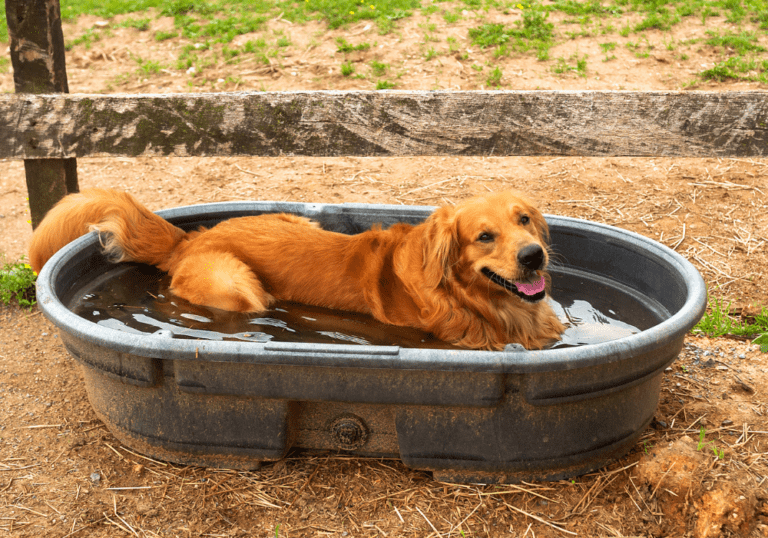Protect Your Pets from Heatstroke This Summer

As the summer heat intensifies, our furry friends become increasingly at risk of heatstroke, a potentially fatal condition if left untreated. Understanding the signs of heatstroke and how to prevent it is crucial for keeping your pets safe during the hot and humid months.
What Is Heatstroke?
Heatstroke occurs when an animal’s body temperature escalates to dangerous levels, typically above 102.2 degrees Fahrenheit. The American Animal Hospital Association (AAHA) highlights that both high temperatures and humidity contribute to the risk, making summer a critical time for pet owners to stay vigilant.
Which Pets Are at Risk of Heat Stroke?
Heatstroke can affect any mammal, but it’s most commonly seen in dogs. Cats, rabbits, guinea pigs, and other small animals are also susceptible. Pets that are older, overweight, or have heart or lung diseases are at higher risk, as well as breeds with short muzzles like pugs and bulldogs. It’s important to note that heatstroke can occur both indoors and outdoors.
Symptoms of Heatstroke
Watch for these key signs that might indicate your pet is suffering from heatstroke:
- Excessive drooling
- Heavy panting
- Diarrhea or vomiting
- Red or dry gums
- Lethargy
- Difficulty breathing
- Disorientation or stumbling
- Seizures
- Collapse
How to Keep Your Pet Safe from Heatstroke
Here are essential tips to help protect your pets from the dangers of heatstroke:
- Ensure Ample Shade: Make sure there are several shady spots in your yard where your pet can cool down. Avoid relying on dog houses as they can trap heat.
- Hydration is Key: Always provide your pet with fresh, cool water to prevent dehydration.
- Limit Outdoor Time: Reduce the duration your pet spends outside during peak heat hours. If it’s too hot for you, it’s likely too hot for your pet.
- Never Leave Pets in a Parked Car: Even with windows open, the temperature inside a parked car can soar, making it a lethal environment for pets.
- Keep Indoors Cool: Use air conditioning to maintain a comfortable indoor temperature. Fans may not be effective during extremely hot days as they only circulate the existing air.
- Invest in Cooling Devices: Consider purchasing pet-specific cooling mats, beds, collars, or bandanas to help your pet stay cool.
- Adjust Exercise Routines: Avoid intense exercise during the hottest parts of the day. Opt for early morning or late evening when temperatures are cooler.
- Learn First Aid for Heatstroke: If your pet shows any distress signs, apply cool (not cold) wet towels to their head and chest or give them a cool bath. Always offer fresh water.
Emergency Response
If your pet exhibits severe symptoms such as difficulty breathing, collapse, or ongoing vomiting, consult our doctors at Willow Glen Pet Hospital immediately. Swift action could save your pet’s life.
Are You Concerned About Your Pet’s Health This Summer?
If you suspect heatstroke or have concerns about your pet’s health, contact us at Willow Glen Pet Hospital. Our team, including Dr. Gillon and Dr. Shani, is here to provide expert care and advice.
For further assistance or questions, reach out to Willow Glen Pet Hospital at willowglenpethospital.com or call (669) 342-7472. Visit us at 1033 Willow Street, San Jose, CA, 95125, US. We are open Monday – Saturday from 8:00 am – 6:00 pm.
